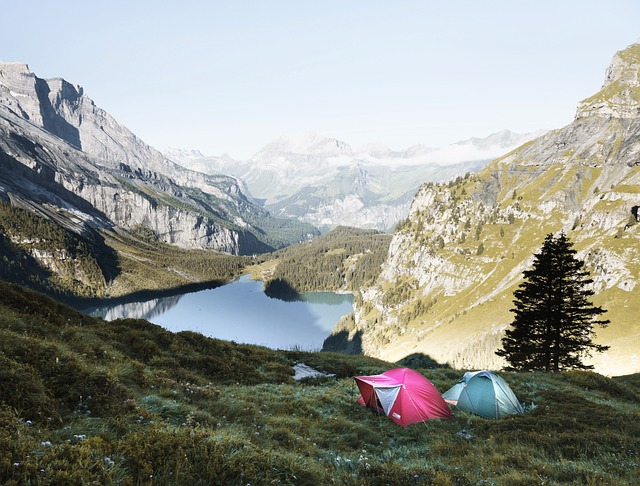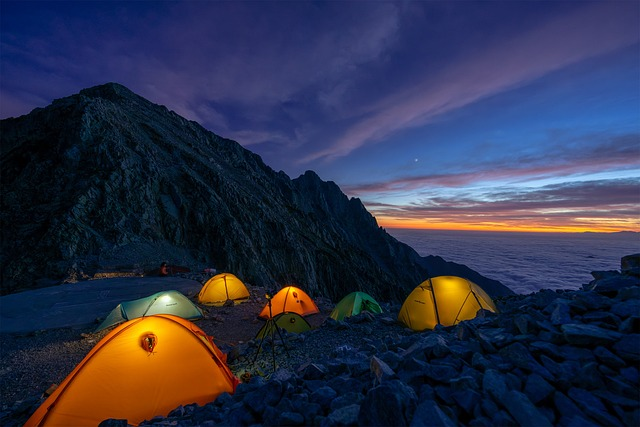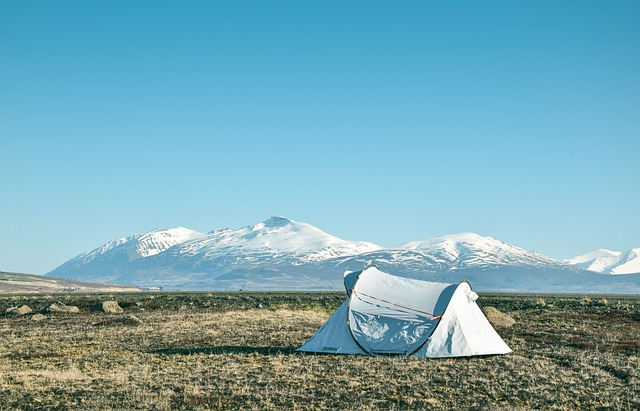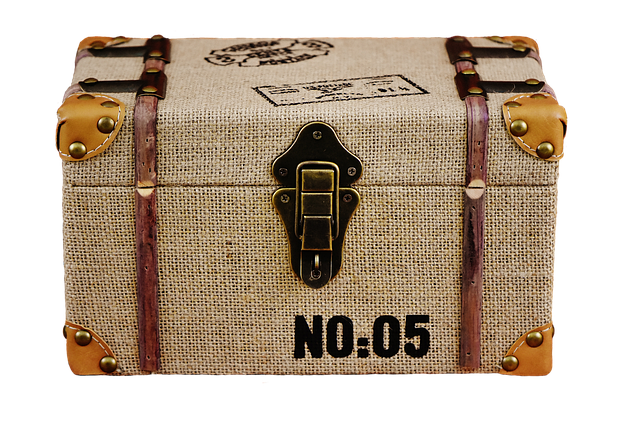How to Clean a Tent: Tent Care, Maintenance & Repairs
Feb 28, 2023
Make the great outdoors healthier and safer by appropriately cleaning your tent and camping gear. Keeping the tent clean will allow you to extend its life. You will be able to enjoy tent camping for longer with less care needed each time if you practice good hygiene and maintenance practices. The answer to the question of how to clean tent after camping is to care for it during setup, when in use, after use and when storing it away. And if you are looking to use your tent for ages to come then take another step back and remember to buy a high quality, long lasting tent, that is known for it's performance.
Outdoor gear is designed to be sturdy, but it will prove to be sturdier when you follow best practices. So let's get into it.
Tent Care During Setup
Each tent is built differently, using different techniques and materials. Be sure to read the manual or instructions that come with your tent. You should know the steps and follow them step by step for the best results. Keep a picture of the manual on your phone if you are likely to forget a step or two in the process.
One of the key things to remember when setting up the tent is to look for a flat floor or surface not only so that the tent floor is nice and flat, but also that it is not piercing any part of the tent itself creating a tomorrow-problem for you to solve. The entire tent should rest firmly on the ground when you are setting it up. Watch out for the wind direction as well.
You should lay your tent over a footprint or ground cloth to keep a layer between the actual tent floor and the surface you are camping over. (Try something like the Telos LightFoot, Telos BigFoot or The Alto LightFoot.) Placing the tent directly on the surface of a forest or campsite can ruin the camp by bringing in dirt, moisture and even bacteria. This can be hard to clean and damage to your tent. A dirty camp will also make the dirt creep into your bed, clothes and even sheets. Not exactly the kind of wilderness you are looking for right?
Avoid setting it up in direct sunlight, a shaded outdoor spot is always better than having constant overexposure to the sun. You should be mindful of the tent fabric, some tents are made out of the canvas, others out of nylon. (Hint: Australian Canvas is the best.) Nylon will make you feel hotter and much more humid as compared to the canvas which will keep the tent breathable.
Keep your boots or shoes outside of the tent even when setting up. Allowing debris and sand to get into the tent before you have even set up will cause a lot of mess to be created that is likely to stick with you for the rest of the trip.

Tent Care During Use
Avoid shoes that are worn outside to be brought in. Only bring your pet inside the tent if you don't mind the dander. Avoid having pets inside the tent if your pet is not trained fully or if it is likely to tear or damage the tent. You should also avoid opening containers of food with funky smells inside the tent if you want it to smell fresh. Keep the food outside, wash and clean it before you enter the tent or you will find yourself stuck with smell and sticky fingers inside it.
You can place a mat outside the tent to be used when you enter the tent. It will also act as a barrier for the mud to get in each time you are entering. Make sure that the tent's floor is as neat and tidy as possible at all times. Stones, pebbles and debris can find their way in, chances are you may be dragging in bugs and microorganisms in the tent as well.
In order to avoid this from happening prevent any touch to the forest floors or using the same clothes inside and outside of the tent. Several bugs and organisms can damage the camp for future use, make it harder to clean out and create problems when you are trying to revive it for your next camping adventure. You can also use bug repellents to keep it free from parasites and pests.

How to Clean Your Tent after Camping
Cleaning your tent is easy if you do it after each use. You can use rubbing alcohol for tough spots and sanitization but avoid using it each time or you will wear off some of the integrity of the tent. Also, aim for a spot-clean step before you go all in with a tent soak. You can also use your garden hose to do the job for you in a pressure-clean fashion.
Mild soap works better than dish soap, and a tent cleaner works better than everything else. Remove mold with clean water, you can alternate between lukewarm and cold water. Avoid using scalding hot water, as it may damage the tent or cause undue heating of the stain further fixating it.
Avoid abrasive materials and try to use a soft brush when you do clean it. This way when you store it may not require seasoning unless you feel like the tent was washed too long and there was some erosion of waterproof coatings.

How to Avoid Getting Mould on Your Tent
Never pack your tent wet or dirty. Mold grows on dirt, wet debris, live animals, pest droppings and food crumbs. It will also overgrow if your tent has contact with mildew, moss and even mud from different areas of your campsite.
Be sure to wash the tent properly each time after use. The right way to get a squeaky clean tent is through a tent soak. Then let the tent completely dry before packing and storing it away.
You can also find mold-resistant moisture barriers or coatings that can help prevent such problems. But, the easier way is to keep out of marshy camp areas and tent on a clean dry bit of the campground.

How to Clean a Tent With Mould and Mildew
You should avoid washing a tent with household cleaners even when it is ridden with mold and mildew. Use a mild soap and a non abrasive sponge.
Some tent materials are better at resisting mold, you should check the areas you place your tent poles, they will likely have an additional layer of fabric or plastic that keeps them safe from ground contact. The waterproof coating will help you do the same but this comes after you have fully cleaned the tent.
Also, check your sleeping bags for signs of mold and mildew. The tent material in addition to the items used in the tent is likely to catch mold overgrowth if not cleaned and packed correctly, this can lead to cross-contamination and smell as well. Use an air freshener if you like.

How to store a tent after a camping trip
Store the tent dry. Pack it and fold it once you have let it out in the sun. Cleaning and washing the sun on a sunny day is a very good idea and ideally, you will want to air it out for a couple of hours before you dare to store the tent away. Remember if all the soap you used has not rinsed out well you may find that the tent either fades after each use or becomes harder and crustier shortening its life. In order to prevent that immerse the tent in water, and make sure the stubborn stains are off but ensure gentle cleaning.
Store the tent in a nice compact bag or box. You should not store the tent open. Rather fold it once it is bone dry and pack it away snugly. Air dry your tent for several hours before chucking it in a dim, storage spot. In fact, you should avoid packing away in a damp or moisture-filled area. Such a thing, as allowing the tent to contact the moisture from seepage or humidity can ruin it for your next camping trip. You can store it in a mesh bag for extra breathability as well.
Make sure that the tent's seams are not tugging or pulling when you pack it to avoid tears. Too much drying time is not needed, a couple of hours in the sun on a warm sunny day will work.


